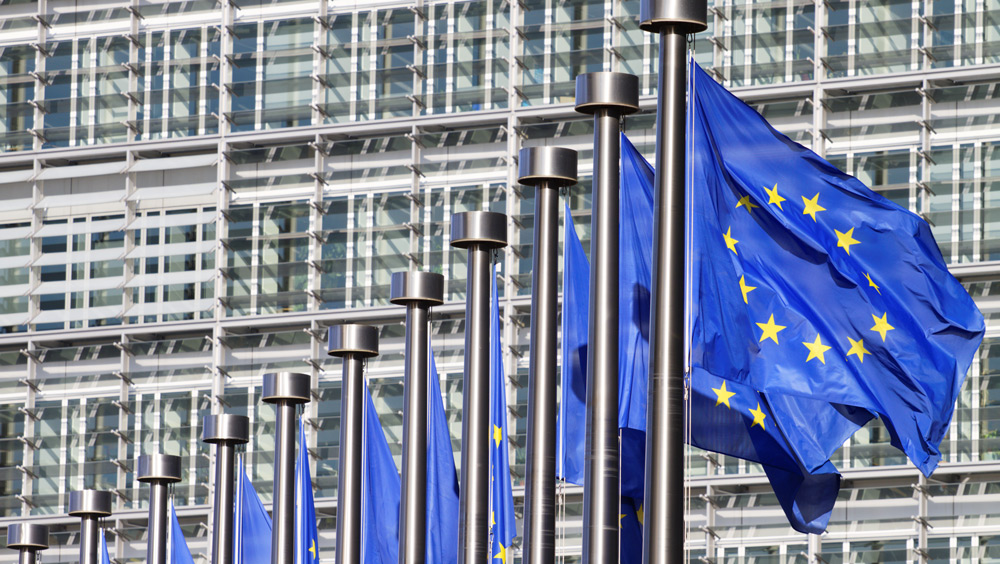The US, under Trump, is unapologetically an empire operating without pretense. International law is for losers. A newly minted War Department, deploying the most lethal killing machine in world history, need not hide behind the sham of promoting democracy.
Recall that in 2023, Trump boasted: “When I left, Venezuela was ready to collapse. We would have taken it over; we would have gotten all that oil.” As CEO of the capitalist bloc, Trump’s mission is not about to be restrained by respect for sovereignty. There is only one inviolate global sovereign; all others are subalterns.
Venezuela – with our oil under its soil – is now in the crosshairs of the empire. Not only does Venezuela possess the largest petroleum reserves, but it also has major gold, coltan, bauxite, and nickel deposits. Of course, the world’s hegemon would like to get its hands on all that mineral wealth.
But it would be simplistic to think that it is driven only by narrow economic motives. Leverage over energy flows is central to maintaining global influence. Washington requires control of strategic resources to preserve its position as the global hegemon, guided by its official policy of “full spectrum dominance.”
For Venezuela, revenues derived from these resources enable it to act with some degree of sovereign independence. Most gallingly, Venezuela nationalized its oil, instead of gifting it to private entrepreneurs – and then used it to fund social programs and to assist allies abroad like Cuba. All this is anathema to the hegemon.
Further pushing the envelope is Venezuela’s “all-weather strategic partnership” with China. With Russia, its most consequential defense ally, Venezuela ratified a strategic partnership agreement. Similarly, Venezuela has a strong anti-imperialist alliance with Iran. All three partners have come to Caracas’s defense, along with regional allies such as Colombia, Brazil, and Mexico.
The US has subjected Venezuela’s Bolivarian Revolution to incessant regime-change aggression for its entire quarter-century of existence. In 2015, Barack Obama codified what economist Jeffrey Sachs calls a remarkable “legal fiction.” His executive order designated Venezuela as an “extraordinary threat” to US national security. Renewed by each succeeding president, the executive order is really an implicit recognition of Venezuela’s Bolivarian Revolution as a counter-hegemonic alternative that challenges Washington’s world order.
The latest US belligerence testifies to the success of the Venezuelan resistance. The effects of asphyxiating US-led sanctions, which had crashed the economy, have been partly reversed with a return to economic growth, leaving the empire with little alternative but to escalate its antagonism through military means.
The AFP reports “tensions between Washington and Caracas have dramatically risen” as if the one-sided aggression were a tit-for-tat. Venezuela seeks peace, but has a gun held to its head.
Reuters blames the victim, claiming that the Venezuelan government “is planning to…sow chaos in the event of a US air or ground attack.” In fact, President Nicolás Maduro has pledged “prolonged resistance” to Washington’s unprovoked assaults rather than meekly conceding defeat.
The death toll from US strikes on alleged small drug boats off Venezuela, in the Pacific off Colombia and Ecuador, and as far north as Mexico now exceeds 75 and continues to rise. But not an ounce of narcotics has been confiscated. In contrast, Venezuela has seized 64 tons of drugs this year without killing anyone, as the Orinoco Tribune observes.
Russian Foreign Ministry’s María Zakharova quipped: “now that the US has suddenly remembered, at this historic moment, that drugs are an evil, perhaps it is worth it for the US to go after the criminals within its own elite.”
On November 11, the world’s largest aircraft carrier, the USS Gerald R. Ford, and its accompanying warships arrived in the Caribbean. They join an armada of US destroyers, fighter jets, drones, and troops that have been building since August.
In a breathtaking understatement, the Washington Post allowed: “The breadth of firepower…would seem excessive” for drug interdiction in what it glowingly describes as a “stunning military presence.”
Venezuela is now on maximum military alert with a threatening flotilla off its coast and some 15,000 US troops standing by. Millions of Venezuelans have joined the militia, and international brigades have been welcomed to join the defense. President Maduro issued a decree of “external commotion,” granting special powers in the event of an invasion.
The populace has united around its Chavista leadership. The far-right opposition, which has called for a military invasion of its own country, is more isolated than ever. Only 3% support such a call.
Their US-designated leader, María Corina Machado, has gone bonkers, saying “no doubt” that Maduro rigged the 2020 US election against Trump. According to the rabidly anti-Chavista Caracas Chronicles, the so-called Iron Lady “is not simply betting Venezuela’s future on Trump, she is betting her existence.”
The legal eagles at The Washington Post now find that “the Trump administration’s approach is illegal.” United Nations experts warn that these unprovoked lethal strikes against vessels at sea “amount to international crimes.”
Even high-ranking Democrats “remain unconvinced” by the administration’s legal arguments. They’re miffed about being left out of the administration’s briefings and not getting to see full videos of the extrajudicial murders.
The Democrats unite with the Republicans in demonizing Maduro to achieve regime change in Venezuela, but wish it could be done by legal means. The so-called opposition party unanimously voted to confirm Marco Rubio as secretary of state, fully aware of the program that he now spearheads.
The corporate press has been complicit in regime change in its endless demonization of Maduro. They report that Trump authorized covert CIA operations as if that was a scoop rather than business as usual. What is new is a US administration overtly flaunting supposedly covert machinations. This is part of Washington’s full-press psychological pressure campaign on Venezuela, in which the follow-the-flag media have been its eager handmaiden.
The AP reports that Jack Keane, when he served as a US Army general, instructed staff to “see reporters as a conduit” for the Pentagon. This was cited as a criticism of Trump after a few dozen embedded reporters turned in their Pentagon badges. Trump has called out the Washington press corps as “very disruptive in terms of world peace,” proving the adage that even a blind dog can sometimes find a bone.
The Wall Street Journal opines: “Nobody in the [Trump] administration seems prepared to ask the hard questions about what happens if they do destabilize the [Venezuelan] regime but fail to topple it.” Political analysts Medea Benjamin and Nicolas J. S. Davies suggest the answer is carnage and chaos – based on Washington’s past performances in Iraq, Serbia, Afghanistan, Haiti, Libya, Syria, and Yemen, to mention a few.
Foreign Policy’s perspective – aligned with the Washington establishment – is that regional fragmentation is at its highest level in the last half-century. Regional organizations have become dysfunctional – UNASUR has been “destroyed,” CELAC is “useless,” and the OAS canceled its summit. The factionalism, Responsible Statecraft agrees, “marks one of the lowest moments for regional relations in decades.” Bilateral “deals” with the US are replacing regional cohesion.
This is Latin America under the beneficence of Trump’s “Monroe Doctrine.” The alternative vision, represented by Venezuela, is CELAC’s Zone of Peace and ALBA-TCP’s development for mutual benefit.
The post
Chaos: The Trump Doctrine for Latin America first appeared on
Dissident Voice.
This post was originally published on Dissident Voice.






